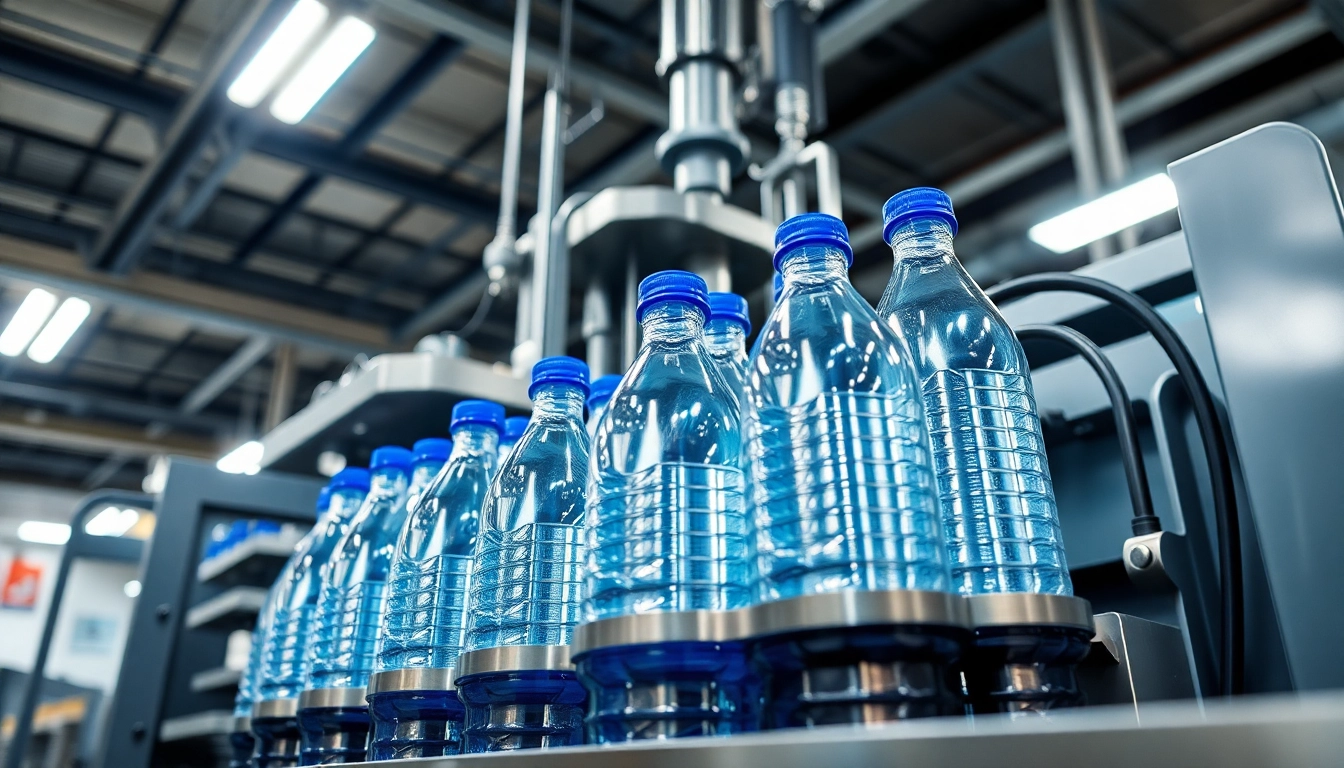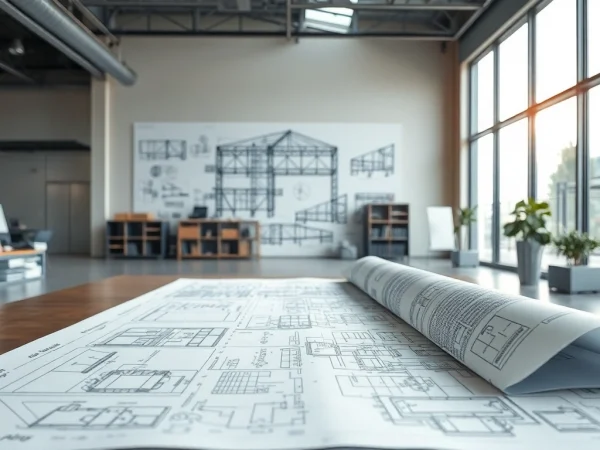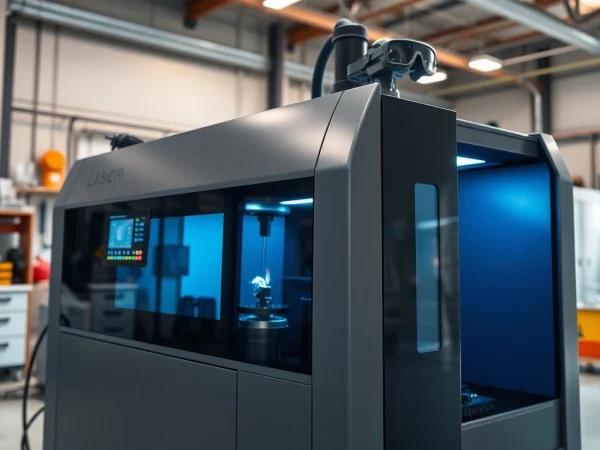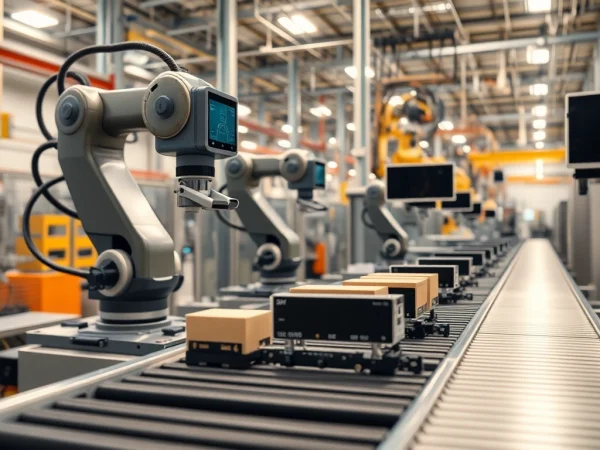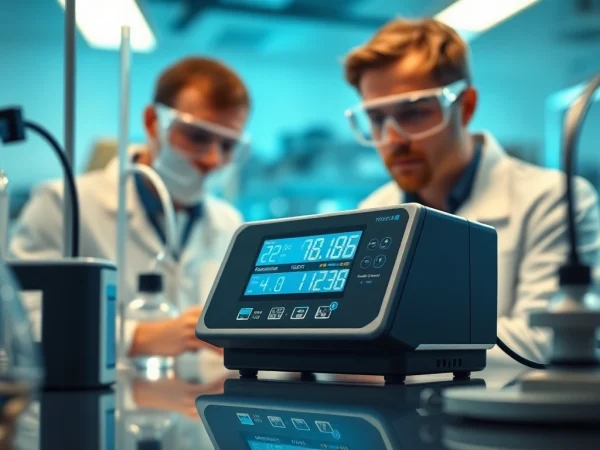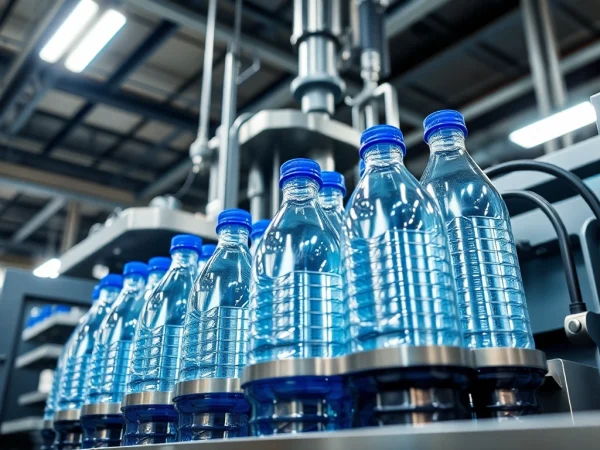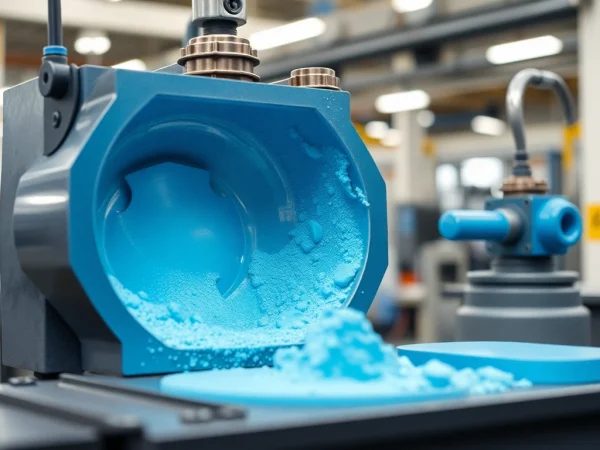Essential Insights from a Leading Blow Molding Machine Manufacturer
Understanding Blow Molding Technology
The Basics of Blow Molding
Blow molding is a highly efficient manufacturing process used primarily for creating hollow plastic parts. It involves the formation of a heated plastic tube, known as a parison, which is then inflated into a mold to form a desired shape. This method of production is favored in various industries due to its speed and ability to create complex shapes with uniform wall thickness. Blow Molding Machine Manufacturers utilize different types of blow molding processes to cater to specific needs, ensuring that products meet high-quality standards while maximizing efficiency.
Different Types of Blow Molding Processes
There are three primary types of blow molding processes: extrusion blow molding (EBM), injection blow molding (IBM), and stretch blow molding (SBM). Each method presents unique advantages depending on the product type and manufacturing goals.
- Extrusion Blow Molding (EBM): This process involves extruding melted plastic into a tube form, which is then sealed at one end and inflated into a mold. EBM is commonly used for creating large containers, such as bottles and tanks, where production speed and material efficiency are crucial.
- Injection Blow Molding (IBM): IBM combines injection molding and blow molding techniques. First, a preform is injected into a mold, then it is transferred to a blow mold where it is inflated to achieve the final shape. This method is ideal for producing precision parts like small bottles and complex shapes.
- Stretch Blow Molding (SBM): Treated as an advanced version of IBM, SBM includes a stretching phase in its production, allowing for improved clarity and toughness in the final product. It is extensively used for manufacturing PET bottles, ensuring high-quality packaging solutions.
Key Applications of Blow Molding Machines
Blow molding technology is integral to various industries, producing parts for packaging, automotive, and consumer goods sectors. Its versatility allows manufacturers to create containers for food, beverages, cosmetics, and household chemicals, addressing a broad range of market demands.
Furthermore, blow molding is utilized in producing components in the automotive sector, such as fuel tanks and air ducts. This method not only optimizes material usage but also reduces production costs, making it a preferred option for many manufacturers.
Factors to Consider When Choosing a Blow Molding Machine
Production Capacity and Efficiency
When selecting a blow molding machine, understanding production capacity is essential. Manufacturers must assess their output requirements, considering the type of products being produced and the demand in the marketplace. Machines are available in various configurations to handle different scales of production—from low-volume, custom projects to high-volume runs. Efficiency ratings, such as cycle times and energy consumption, are critical metrics that directly influence operational costs and profitability.
Material Compatibility and Versatility
Material compatibility is another significant factor. Different blow molding machines support a range of resins, such as PET, HDPE, and PVC. Manufacturers should choose machines based on their material needs, considering factors like the desired product characteristics and regulations that may apply to specific industries (e.g., food packaging). Versatility in processing capabilities allows for quick adjustments in product design without requiring additional equipment, which is a key advantage in responding to market fluctuations.
Maintenance and Service Requirements
Regular maintenance is crucial for maximizing the longevity and performance of blow molding machines. Understanding maintenance requirements helps assess total cost of ownership and, more importantly, ensures uninterrupted production schedules. Additionally, evaluating the service support from manufacturers provides reassurance regarding timely assistance and replacement parts availability, minimizing downtime.
The Competitive Landscape of Blow Molding Manufacturing
Market Leaders in Blow Molding Machines
Several players dominate the blow molding machine manufacturing space. Companies such as Uniloy, Wilmington Machinery, and Jomar Corporation lead the market with innovative technologies and robust service offerings. Each of these manufacturers offers unique capabilities that cater to specific market segments and customer needs.
For instance, Uniloy is noted for providing multiple blow molding technologies, combining efficiency with high production quality. Similarly, Wilmington Machinery focuses on high-speed monolayer and multilayer systems, achieving significant advancements in output capabilities.
Innovations Shaping the Blow Molding Industry
The blow molding industry is rapidly evolving, driven by technological advancements. Innovations such as automation, the Internet of Things (IoT), and energy-efficient designs are becoming standard practices among leading manufacturers. The incorporation of state-of-the-art robotics and machine learning enables enhanced precision and efficiency in production lines.
Furthermore, developments in material science have expanded the range of resins that can be effectively used in blow molding processes, allowing for greater customization and sustainability in manufacturing.
Comparative Analysis of Manufacturers
By analyzing major manufacturers, businesses can identify which solutions best align with their operational requirements. A comparative analysis might include metrics such as production speed, energy consumption, product range, and customer service ratings. This thorough assessment informs potential buyers, guiding them in selecting the right blow molding machine that offers both value and reliability.
Best Practices for Operating Blow Molding Equipment
Optimizing Performance and Output
Maximizing productivity in a blow molding facility requires strategic planning and operational excellence. Regularly monitoring machine performance and utilizing data analytics to assess output levels can significantly enhance efficiency. Additionally, routine audits identify bottlenecks in production and enable quick rectifications.
Implementing lean manufacturing principles can streamline operations, reduce waste, and ensure the ideal use of resources. Teams can adopt practices like just-in-time (JIT) inventory management to minimize excess material and labor costs.
Quality Control in Blow Molding Production
Quality control is vital in the blow molding process to maintain product standards and reduce defects. Establishing a rigorous quality assurance program can ensure that every component meets specifications before it reaches the customer. Key quality metrics might include dimensional accuracy, weight consistency, and surface finish quality.
Utilizing advanced inspection technologies, including computer vision systems, can enhance quality check accuracy while speeding up the inspection process. Regular training of staff on quality standards fosters a culture of quality awareness throughout the organization.
Training Staff for Efficient Operation
The operation of blow molding machines requires skill and knowledge. Comprehensive training programs equip employees with the necessary competencies to operate and troubleshoot machinery effectively. Continuous education on new technologies and practices ensures that teams remain at the forefront of industry standards and innovations.
Additionally, cross-training employees allows for operational flexibility, ensuring that production can continue smoothly despite personnel changes or absences.
Future Trends in Blow Molding Technology
Integration of Automation in Blow Molding
The future of blow molding is poised to see further integration of automation, as manufacturers strive for increased efficiency and reduced operational costs. Automated systems can handle various stages of production, from material handling to quality inspections, contributing to higher speed and accuracy in manufacturing processes.
Collaborative robots (cobots) are becoming part of the standard workflow, assisting human operators with repetitive tasks and enhancing overall workforce productivity.
Sustainable Practices in Blow Molding Production
As sustainability becomes a focal point in manufacturing, blow molding processes are evolving to incorporate eco-friendly practices. This includes the use of recycled materials in production, designing products for recyclability, and implementing energy-efficient machinery.
Leading manufacturers are exploring biodegradable plastics and developing innovative molding techniques that contribute to a circular economy, which will reduce the environmental impact of plastic waste.
Forecasting Industry Growth and Expansion
The blow molding industry is projected to grow significantly in the coming years, fueled by rising demand in packaging and automotive sectors. The increasing trend towards lightweight and durable materials continues to drive innovation and expansion within the market. Businesses that can adapt quickly to changing market dynamics and customer preferences will be well-positioned for success.
Moreover, entering emerging markets can open new growth avenues, as the demand for blow-molded products surges in regions with rapidly developing economies.
